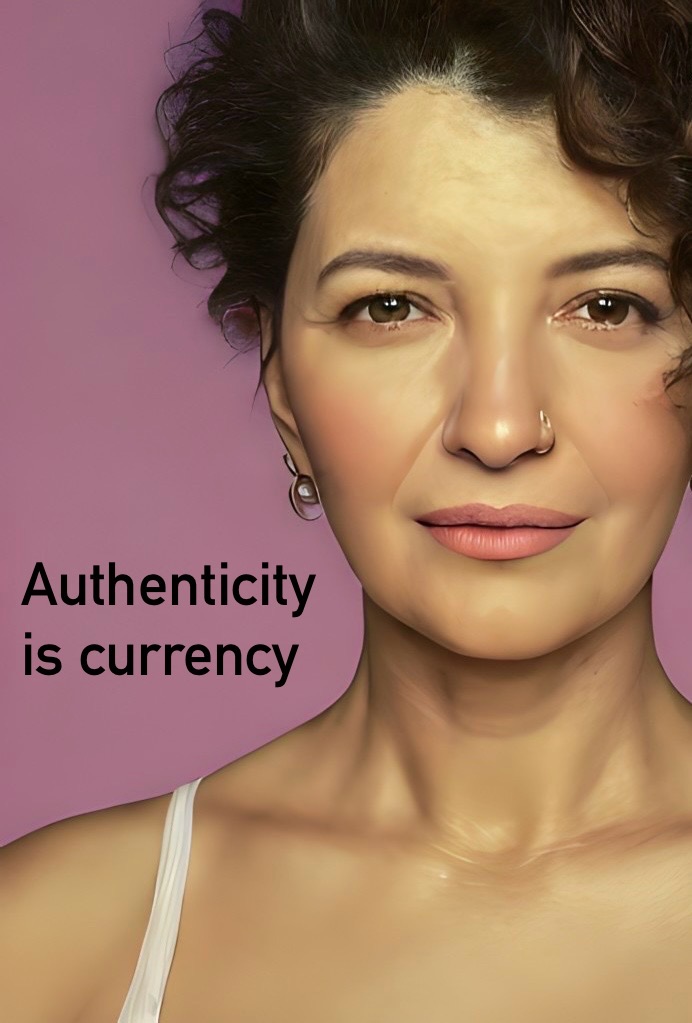The entire experience of an organisation can be built or broken in the tiny details or micro moments. As Ahmed Shuja, an experience designer, aptly explained over coffee
“Micro moments really matter to users because small niggling problems, which they know can be fixed, drive them more mad than bigger problems. Feelings of empathy towards the brand can make users a little forgiving when it comes to big problems.”
Tying up the loose ends and fine-tuning the experience matters in an app’s design, for example, where patrons could simply be trying to earn reward points. Imagine a loyal customer of a restaurant who is unable to earn loyalty points during his lunch break because some (not so) smart designer thought of a huge revamp of the app. Users do not want a more aesthetic design if it doesn’t allow them to easily accomplish their task. In principle, the new design should have made it easier for the customer to earn those points. The design would need to be intuitive then, based on human psychology, studies of user behaviour and rigorous testing. The loyal customer might start doubting his loyalty because the restaurant made his life a little difficult today.
Organisations waste so much effort over bringing big changes when magic is in the fine details – the micro moments that make the experience worth it. Users often have a good argument. They think that it is understandable that fixing big issues is hard but a company is not worth patronising if it doesn’t fix the small and irritating bugs.
A sunny autumn day starts feeling a little less beautiful exactly when problems occur in the micro moments of an experience. It takes very little effort for an organisation to annoy a user. Conversely, many meticulously crafted micro moments designed to work together in a seamless flow and sequence of events have the power to be a potential game changer.




